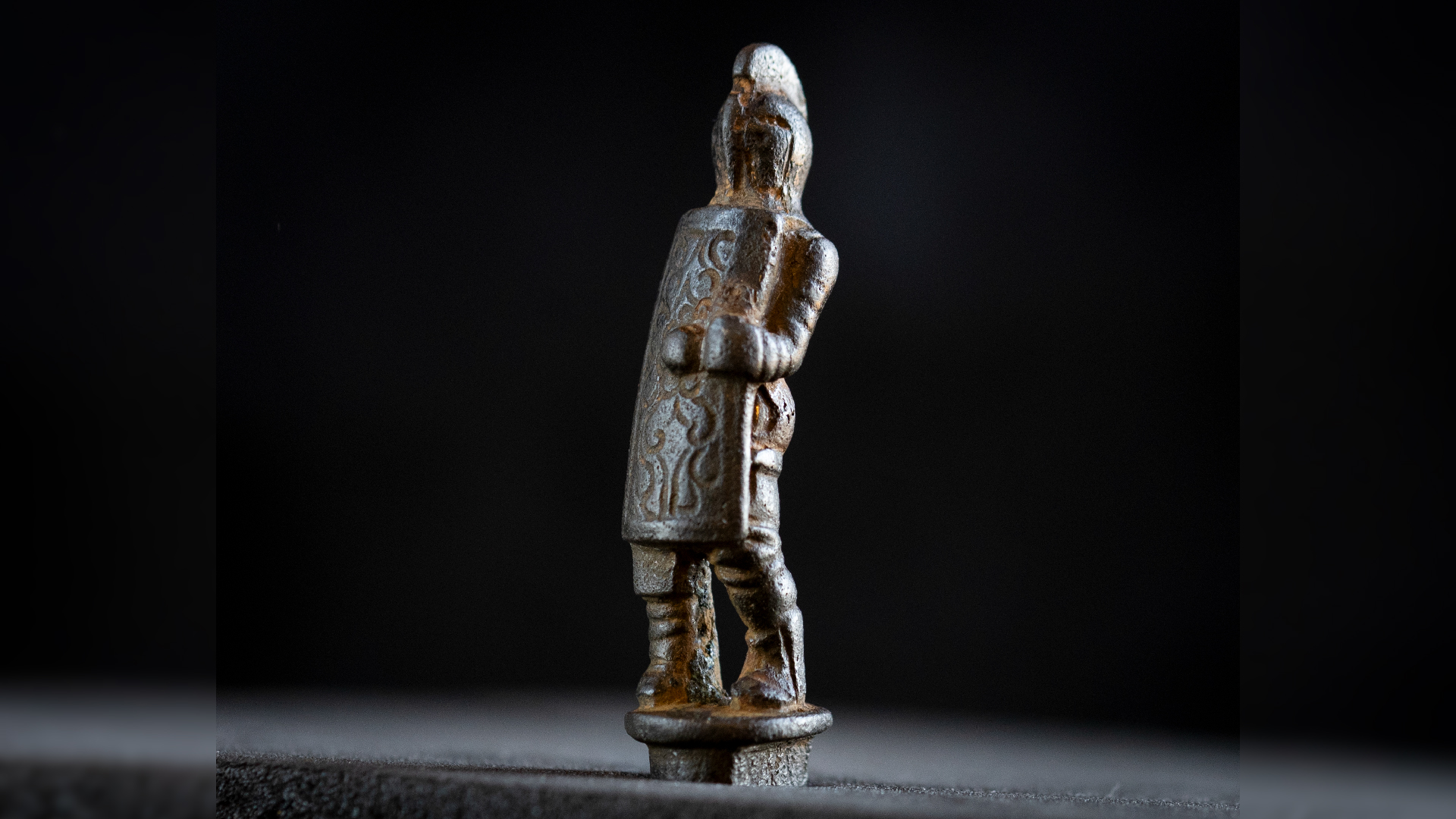Crystals, Vol. 14, Pages 985: Preliminary Spectroscopic Observations of Marble-Hosted Rubies, Marginal Host Marbles, and Transition Zones Between Marbles and Rubies on Samples from Afghanistan, Myanmar, and Pakistan
Crystals doi: 10.3390/cryst14110985
Authors: Chen Fan Yung-Chin Ding Wing-Tak Lui
This study focusses on the spectroscopic observation of marbles, rubies and the transition zone between ruby and its hosted marble that may distinguish the origin of ruby. Samples of ruby-bearing marble were obtained from Afghanistan, Myanmar, and Pakistan. Energy-dispersive X-ray fluorescence was used to analyze the chemical compositions. Although the content of other elements in the marble varied with the origin, the Cl content was quite constant. A diagram of the trace elements Fe and Ga was used to determine the origins of the marble-hosted rubies. X-ray diffraction was used to verify the structure phases, where trioctahedral mica, plagioclase, quartz, and alkali feldspar were found in marbles. Ultraviolet–visible spectrophotometry was used for rubies, where a 659 nm fluoresce peak was found in the Myanmar ruby sample, which could make Myanmar ruby redder and more sought after. The bonding of elements and inclusions of the samples were analyzed using Fourier transform infrared spectroscopy, Raman spectroscopy, and photoluminescence. A FTIR peak at 630 cm−1 is found to be useful in judging the temperature of ruby formation. Scanning electron microscopy and energy-dispersive X-ray spectroscopy were used to analyze the variation of the transition zone, which revealed that the boundary was a gradation zone. Concentrations of Al203 increased in this zone, but CaCO3 concentrations decreased.

 7 hours ago
23
7 hours ago
23

